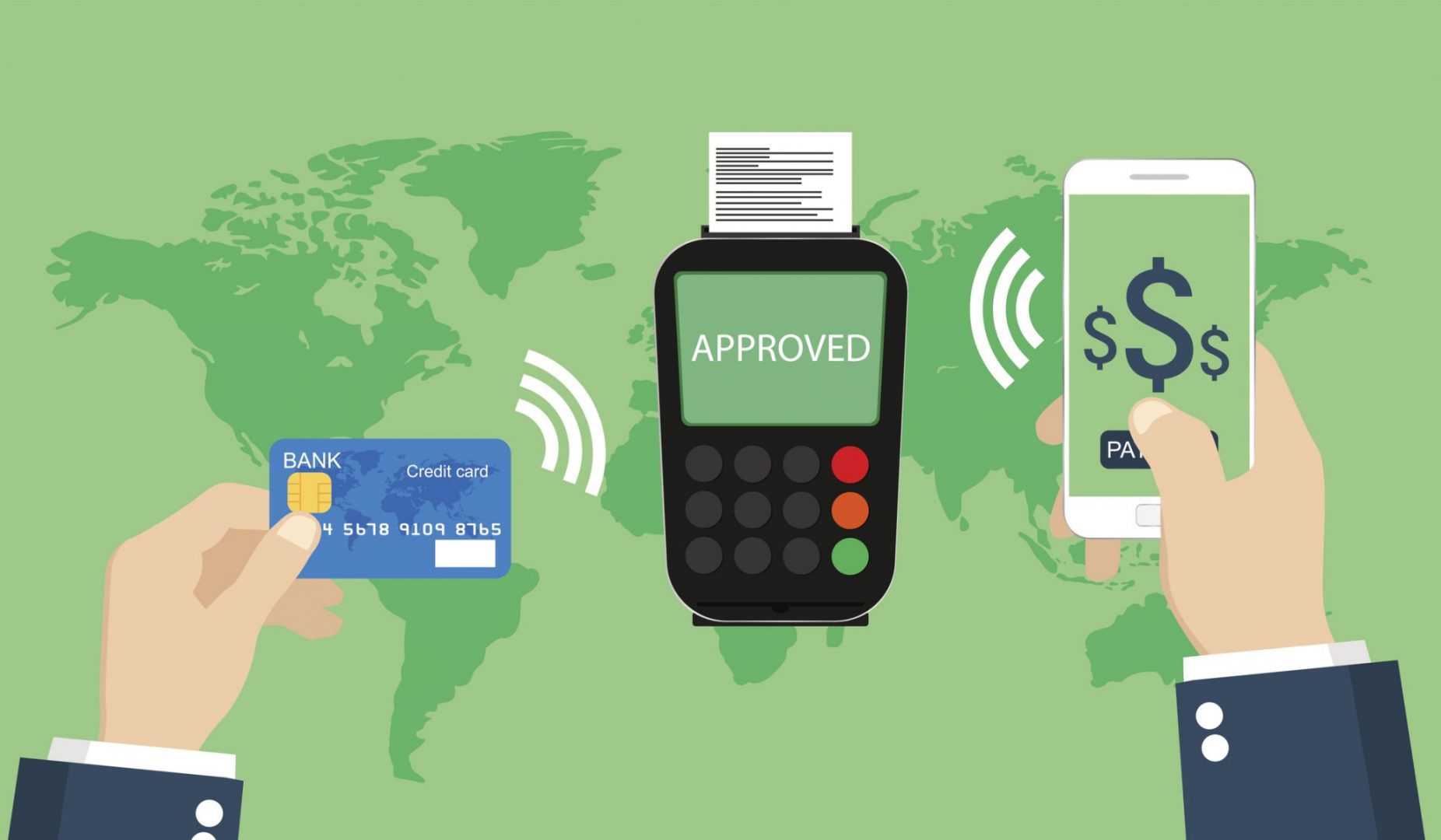
Understanding Credit Card Processing Basics
Credit card processing is a fundamental component of e-commerce, enabling businesses to accept payments online. At its core, the process involves several key players: the merchant (you), the customer, the acquiring bank (the merchant’s bank), the issuing bank (the customer’s bank), and the payment processor. When a customer makes a purchase, their credit card information is securely transmitted to the payment processor, which then communicates with the issuing bank to verify funds. Once the transaction is approved, the funds are transferred to the merchant’s account, allowing for smooth financial operations. Understanding this flow is crucial for anyone looking to optimize their online store.
Choosing the Right Payment Processor
Selecting a suitable payment processor is critical for e-commerce success. Factors to consider include transaction fees, processing speed, security features, and customer support. Popular processors like PayPal, Stripe, and Square each offer unique benefits. For instance, PayPal is well-known for its widespread acceptance and user-friendly interface, while Stripe is praised for its developer-friendly tools and extensive customization options. Additionally, consider whether the processor supports multiple currencies and payment types, which can be vital for reaching a global audience. Conducting thorough research and possibly testing a few options can help ensure you choose the right fit for your business.
Ensuring Security and Compliance
Security is a paramount concern in credit card processing, especially with the rise of online fraud. Implementing measures like Secure Socket Layer (SSL) certificates, tokenization, and Payment Card Industry Data Security Standard (PCI DSS) compliance is essential to protect sensitive customer information. SSL encrypts data during transmission, making it difficult for hackers to intercept. Tokenization replaces sensitive card information with a unique identifier, minimizing risk during storage. Regularly reviewing your security protocols and staying updated with industry regulations can help safeguard your business and build customer trust.
Streamlining the Checkout Experience
An efficient checkout process can significantly impact conversion rates in e-commerce. Complicated or lengthy checkout procedures often lead to cart abandonment, costing businesses potential sales. To streamline the experience, consider implementing features such as guest checkout options, auto-fill for returning customers, and multiple payment methods. Moreover, ensuring that the checkout page is mobile-friendly is crucial, as a significant portion of online shopping is conducted on mobile devices. By focusing on user experience during checkout, you can enhance customer satisfaction and boost sales.
This structure provides a concise yet comprehensive overview of credit card processing for e-commerce, ensuring readers grasp essential concepts and actionable strategies.credit card processing for ecommerce
